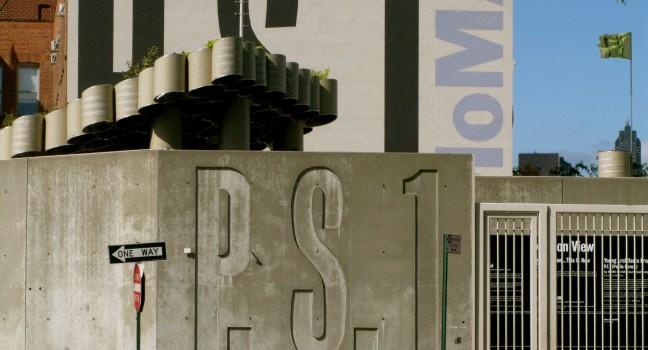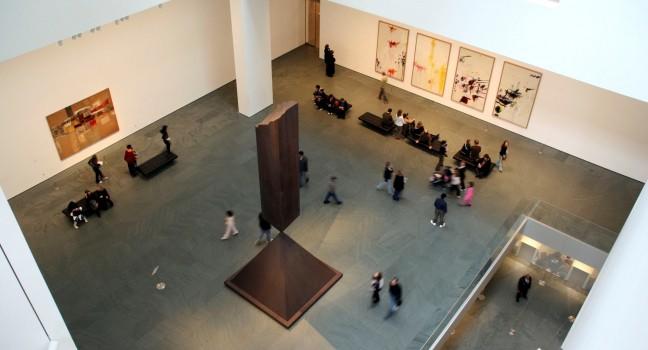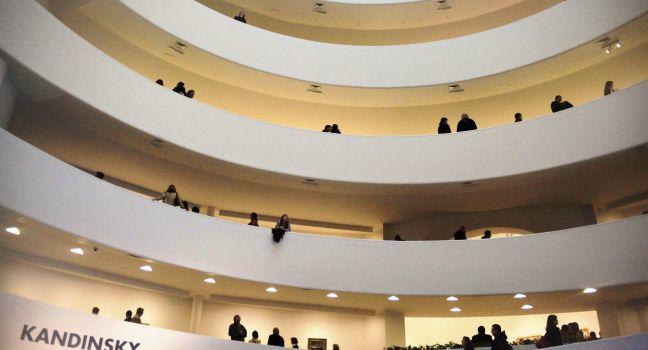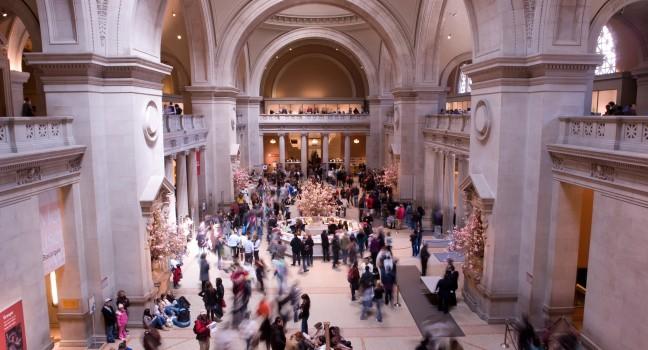Brooklyn Museum
New York’s second-largest museum (after Manhattan’s Metropolitan Museum of Art) is also one of the largest in America, with 560,000 square feet of exhibition space. The colossal Beaux-Arts structure houses one of the best collections of Egyptian art in the world, as well as impressive collections of African, pre-Columbian, Native American, and feminist art. In addition, you'll find works by Georgia O'Keeffe, Winslow Homer, John Singer Sargent, George Bellows, Thomas Eakins, and Milton Avery. The museum is also well known for its contemporary, cutting-edge special exhibits. The monthly (except for September) First Saturday free-entry night is a neighborhood party of art, music, and dancing, with food vendors and several cash bars.










